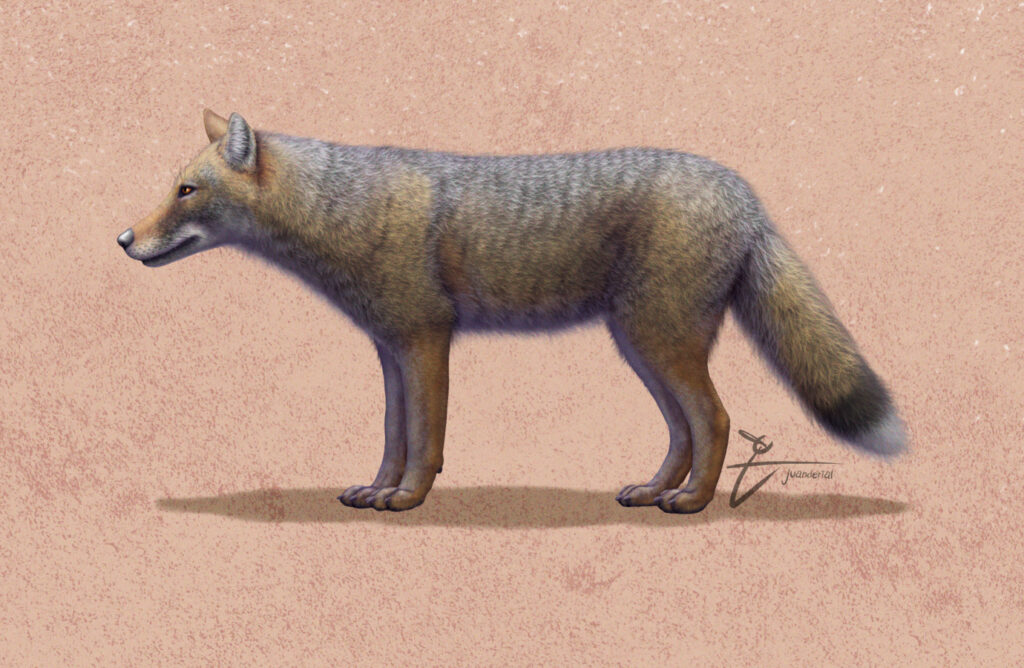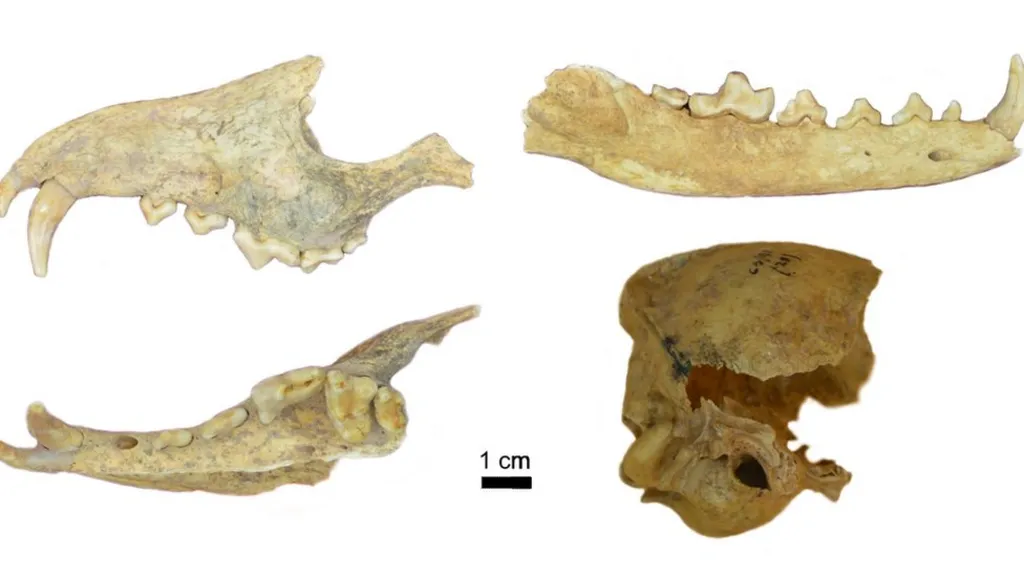
Dogs are the first animals that humans have domesticated, creating a strong bond between the two species that has lasted for thousands of years. However, dogs are not the only canines that ancient humans kept as pets.
A remarkable archaeological study in South America found fox remains alongside a human burial from 1,500 years ago. Genetic evidence suggests that this fox ate alongside Patagonian hunter-gatherers, much in the same way you’d expect a dog to be part of the inner circle of a camp.
“This is a very rare find of having this fox that appears to have had such a close bond with individuals from the hunter-gatherer society,” said Dr. Ophélie Lebrasseur of the University of Oxford.
“I think it was more than just symbolic; I really do think it was companionship.”
Ancient foxy pets
Clay miners accidentally stumbled upon the nearly complete skeleton of this fox-like mammal alongside dozens of hunter-gatherer remains. During the initial digs from 1991, archaeologists called to the scene later also identified artifacts, such as spear points, various stone tools, lip ornaments, and necklace beads. By the looks of it, these people were nomadic.
Initially, the canid remains were misidentified as a Lycalopex, a genus of South American foxes. However, Dr. Lebrasseur and colleagues took a closer look at the creature’s teeth and came to a different conclusion. This was still a fox-like mammal, but an entirely different species — one that has been extinct for more than five centuries.

The examination of the teeth suggests that the most likely candidate is Dusicyon avus, an extinct medium-sized fox that resembled a jackal. It was about the size of a German shepherd and was closely related to the Falkland Islands wolf (Dusicyon australis), which descended from a population of D. avus. The Falkland Islands wolf became extinct in 1867, the only canid to have become extinct in historical times.
The researchers took tiny samples of the animal’s forearm and vertebrae, which were analyzed for ancient DNA. Although the genetic samples were severely degraded, the scientists were able to repair and recreate some of the missing genetic sequences. No match was found with any living canid, be it dogs or other related species in South America.
This DNA data reinforced the notion that the remains belonged to D. avus. It also dispelled an earlier idea that ancient foxes interbred with domestic dogs brought to Patagonia around 1,000 years ago. However, D. avus is too genetically distinct to have produced hybrid offspring.
It’s not known why D. avus went extinct. However, another mystery is why the fox-like creature’s remains were buried alongside people.
A loyal but now extinct companion
Radiocarbon analysis of both fox and human remains shows they are the same age. Likewise, both types of remains exhibit the same kind of wear, suggesting that the D. avus and people were buried together intentionally.
There were more clues. Isotopes preserved in the D. avus teeth hinted at its diet. It contained meat, which is the main course of any wild canid. However, some of its diet also consisted of a maize-like plant — the same plant that the buried humans also ate.
The likeliest explanation seems to be that humans kept the D. avus as a companion. Some people liked dogs, but these Patagonian hunter-gatherers kept a fox as a pet. It’s not a crazy idea, after all. Wild fox teeth have been found in other ancient human burials in Argentina and Peru. Moreover, archeologists have previously found small ornaments made out of the teeth of culpeos, a South American fox.
Foxes are part of the dog family, Canidae, which also includes domestic dogs, wolves, coyotes, jackals, dingoes and other canines. But, while part of the same family, dogs (and wolves) are part of the genus Canis, while most types of foxes are from the genus Vulpes. There are roughly ten million years of evolutionary time separating domestic dogs and red foxes. However, sometime around 1,500 years ago around a cozy Patanian fireplace, you probably couldn’t have told the difference.
The findings appeared in the Royal Society Open Science.


